Source: Borrowed from Diary of an Eccentric
Paperback, 460 pages
I am an Amazon Affiliate
Angela’s Ashes by Frank McCourt is a memoir about his young life and his coming of age. The memoir does not gloss over the hardships he and his family face, nor does it leave out the bad things McCourt did as a child to survive. It’s heartbreaking to see how a father can shun his responsibilities in favor of alcohol, while leaving his wife little recourse but to beg for charity on a weekly and daily basis just to feed her young children. Angela, his mother, becomes a shadow of herself with the trials they face, especially as some of their youngest children perish from starvation and disease in America and even at home in Ireland. Beginning in America, Angela meets a young man and falls in love, but he’s not the man she thinks he is and soon discovers that he is plagued by the need for drink. Their hardships continue even as they are sent back to Ireland by relatives in the New World.
“When I look back on my childhood I wonder how I survived at all. It was, of course, a miserable childhood: the happy childhood is hardly worth your while. Worse than the ordinary miserable childhood is the miserable Irish childhood, and worse yet is the miserable Irish Catholic childhood.” (page 9)
Living in a time when women were not allowed to work and when men were not expected to hand over their wages to their wives or to have their wives with them when they got paid — because his father takes the wages when he’s paid and eventually comes home with nothing — becomes a heavy burden on the family. This leaves his wife to beg the grocer for credit so she can buy necessities for her family, and in Ireland it is worse because with a husband from the North, he’s unable to get a job in the first place. Even when he does get a job, he often loses it by drinking late into the night and then sleeping in the next day. These circumstances make it difficult for her and the family to stay healthy and even survive.
Although readers will be surprised at how long this family is able to survive in spite of the deaths and the starvation, they’ll also be surprised at the depth of their own loyalty and love for their father. Rarely is anything said by the children about their father, though the mother surely speaks her mind about his penchant for the pint and his irresponsibility — to no avail. McCourt pulls no punches about telling the darkest moments of his early life, including the beatings he took from teachers and family members. There is still a sense of hope in him even in the most dire of circumstances.
Whether all of the things that happened in the memoir are fact or just his remembrances, there is clearly an atmosphere of struggle that has driven him to make the most of the circumstances he’s given. He strives to do his best in school, to care for his family as best he can in the absence of his father, and to make something of himself in spite of all he must battle against. Angela’s Ashes by Frank McCourt is dark and hopeless at times, but there is the light of humor and hope between the lines. This is a memoir that reads more like a novel.

Frank McCourt (1930-2009) was born in Brooklyn, New York, to Irish immigrant parents, grew up in Limerick, Ireland, and returned to America in 1949. For thirty years he taught in New York City high schools. His first book, “Angela’s Ashes,” won the Pulitzer Prize, the National Book Critics Circle Award and the L.A. Times Book Award. In 2006, he won the prestigious Ellis Island Family Heritage Award for Exemplary Service in the Field of the Arts and the United Federation of Teachers John Dewey Award for Excellence in Education.



 About the Author:
About the Author: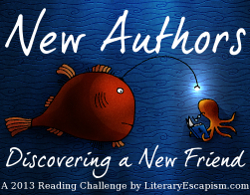


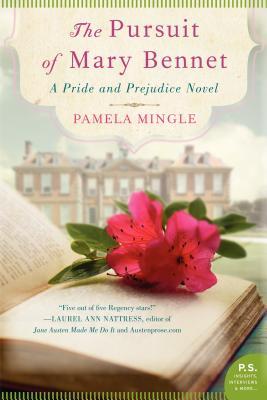
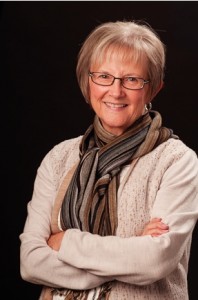 About the Author:
About the Author:
 About the Author:
About the Author:
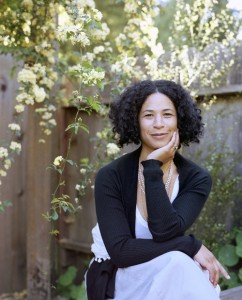 About the Author:
About the Author:
 About the Author:
About the Author:
 About the Translator:
About the Translator:
 About the Author:
About the Author: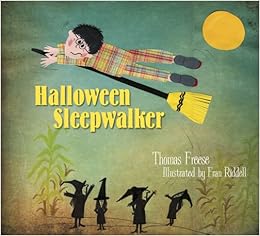

 About the Author:
About the Author:



